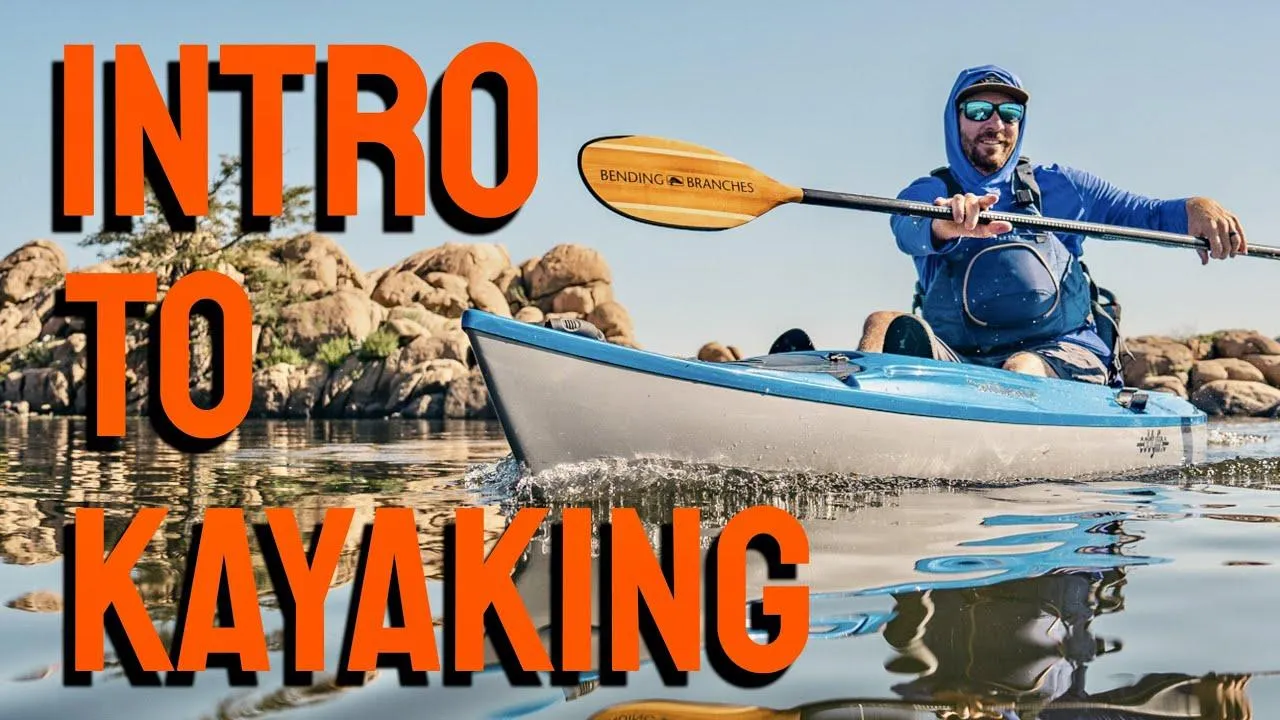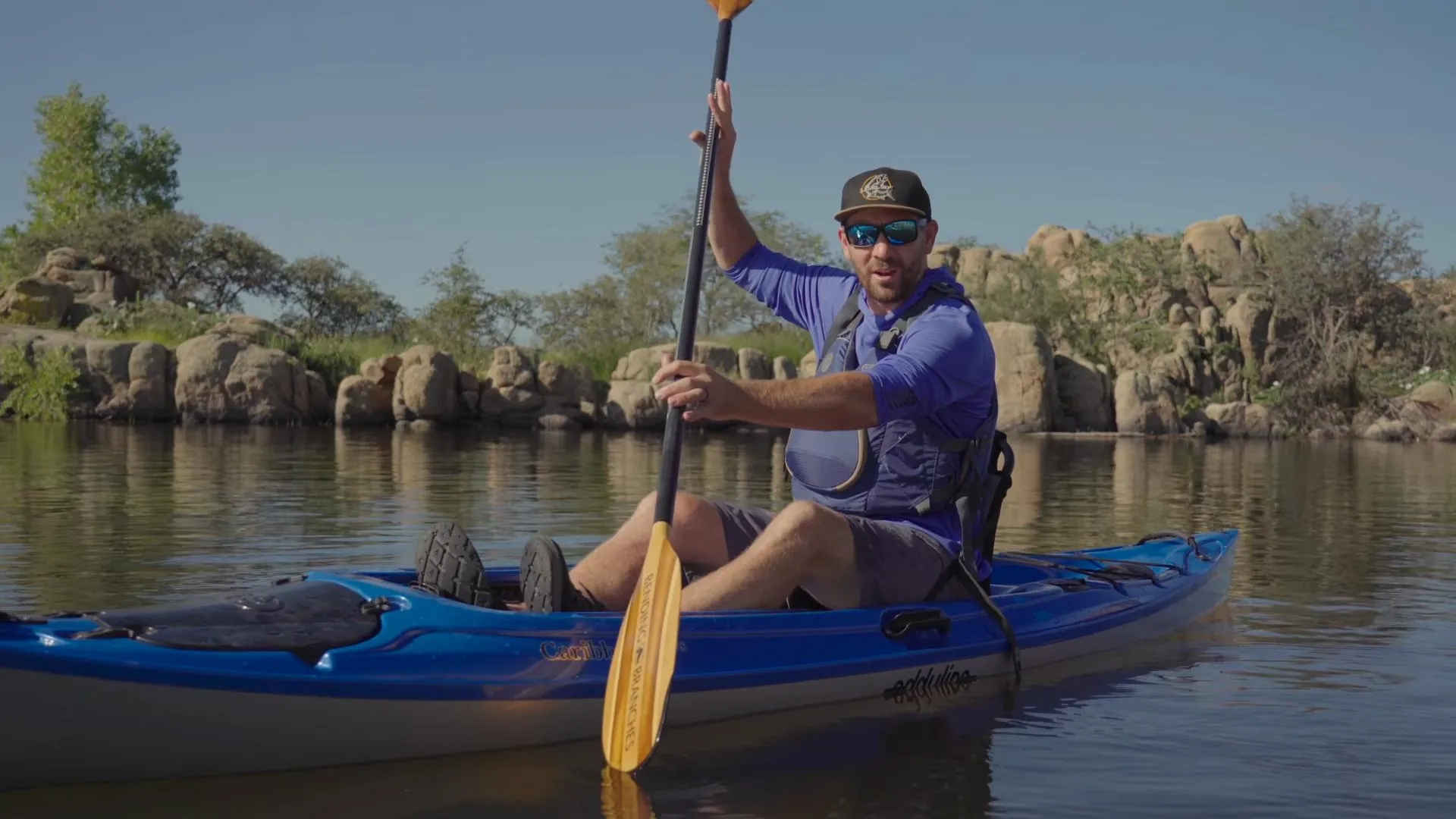Kayaking tips are crucial for both beginners and experienced paddlers looking to improve their skills. Have you ever wondered how to get into a kayak safely? Or how to paddle effectively without exhausting yourself? This article will guide you through essential kayaking techniques, tips for safety, and equipment recommendations to make your kayaking experiences enjoyable and efficient. Whether you’re planning to explore tranquil lakes or tackle more challenging rivers, understanding the basics will help you feel more confident on the water.
Essential Kayaking Tips for Beginners
Before you even hit the water, it’s vital to prepare your gear for a successful day of paddling. Here are some essential items to include in your kayaking checklist:
- Sun protection (sunscreen, hat, sunglasses)
- Life jacket (PFD – personal flotation device)
- Water shoes
- A sturdy paddle
- Your kayak
Getting In and Out of Your Kayak
One of the trickiest parts of kayaking, especially for beginners, is learning how to get in and out of the kayak. Here are some effective methods:
For Sit-On-Top Kayaks
When using a sit-on-top kayak, I recommend positioning your kayak a bit away from the water’s edge. Place your paddle on the ramp or a stable surface, sit down gently, and swing your legs over into the kayak. This method provides stability and reduces the risk of tipping.
For Sit-In Kayaks
Getting into a sit-in kayak may seem more daunting. Use your paddle as a support by placing it across the kayak’s back deck. This gives you leverage and balance while you slide your legs into the cockpit.
Adjusting Your Kayak for Optimal Performance
Once you’re in your kayak, it’s essential to adjust your position for maximum efficiency and comfort. Here are some key adjustments:
Foot Pedals
Ensure your foot pedals are correctly positioned. Pressing against them helps drive power from your body into your kayak, enhancing your paddling efficiency.
Back Support
Good back support is crucial for maintaining an upright position. Remember to rotate your pelvis forward to engage your core properly, which allows for better power transfer to your paddle strokes.
Paddle Grip
Holding your paddle correctly is fundamental. Aim for a 90-degree bend in your elbows, forming a “paddler’s box” between your chest and arms. This grip helps with power transfer and reduces fatigue.
Mastering Kayaking Techniques
With your kayak adjusted and your grip secure, it’s time to learn some essential strokes. The forward stroke is the most important, as it will be your primary method of propulsion.
Forward Stroke
To execute a forward stroke, rotate your torso, catch the paddle close to your toes, and pull with your bottom hand while pushing with your top hand. This technique engages your core and utilizes your entire body for efficient paddling.
Stopping and Steering
There are no brakes in kayaking, but you can use a reverse stroke to slow down. This stroke is similar to the forward stroke but performed backward. Rotate your torso and place the paddle behind you, pulling it through the water to stop or redirect your kayak.
Turning the Kayak
To turn your kayak without stopping, use the forward sweep stroke. Lower your paddle shaft and sweep it wide away from the boat, which encourages the kayak to turn in the desired direction.
Advanced Kayaking Techniques for Enthusiasts
For those looking to take their kayaking skills to the next level, mastering advanced techniques can greatly enhance your experience on the water. Linking strokes, such as combining forward sweeps with reverse sweeps, can help you maneuver efficiently.
Draw Stroke for Side Movement
The draw stroke allows you to move your kayak sideways. Stick your paddle out parallel to the boat, turn the blade 90 degrees, and pull towards you while slicing it away to shift your kayak laterally.
Getting Out of Your Kayak
When it’s time to exit your kayak, reverse the entry process. Lean forward, swing your legs out, and use your paddle for stability as you stand up. This method helps prevent falls and maintains your balance.
Safety Tips for a Successful Kayaking Experience
Safety should always be a priority while kayaking. Here are some crucial safety tips:
- Always wear a life jacket.
- Check the weather conditions before heading out.
- Stay hydrated and bring snacks.
- Inform someone about your kayaking plans and estimated return time.
Additional Resources for Kayakers
For more kayaking tips and community advice, check out these resources:
Embracing these kayaking tips will elevate your experience on the water, allowing you to paddle with confidence and safety. Remember, practice makes perfect, so don’t hesitate to get out there and enjoy the beauty of kayaking!



